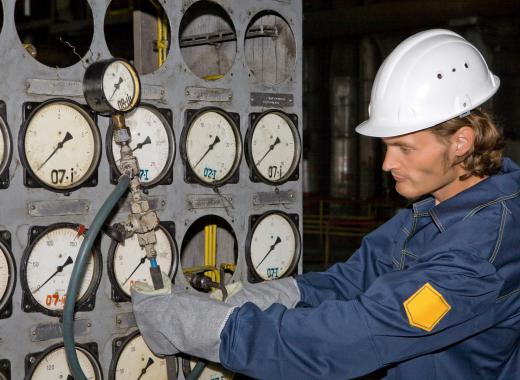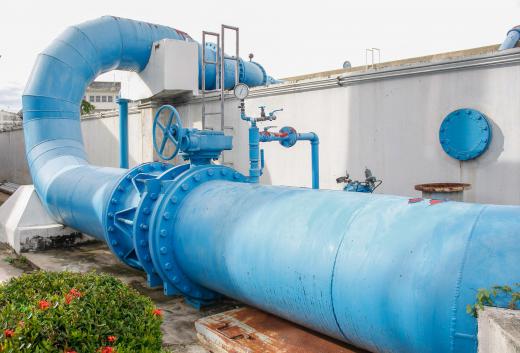What is Biogas Technology?
In the field of renewable energy, biogas technology refers to systems designed to turn organic waste products into usable energy. Biogas is a kind of gas that is produced during the anaerobic processing of organic matter such as manure, plant matter, or even municipal waste materials. Biogas typically consists mainly of methane, with a significant proportion of carbon dioxide, and smaller quantities of other gases such as nitrogen and hydrogen.
Biogas fuel is a flammable substance that burns in a similar fashion to liquefied petroleum gas (LPG), and as such, biogas energy can be utilized as an alternative to fossil fuels. Biogas production is often achieved using a biogas plant, which is a system that "digests" organic matter to produce gas. Biogas technology is often used on farms with the primary goal of controlling waste pollution. Dairy farms, for example, may have significant problems with manure polluting water sources. Biogas technology allows farmers to address this problem with the beneficial side effect of also creating a new power source.

Biogas electricity and energy for heating can be produced locally with biogas technology systems on some farms. For example, a farmer with 500 cows could install a system that would process the manure produced by the cows, and could generate sufficient electricity to power the entire dairy system. Larger scale systems in some countries collect manure from multiple farms, and perform the digestion process centrally in a large plant.

Similar biogas technology may be used in sewage treatment. Wastewater contains organic matter, including organic solids, and anaerobic digestion may be used to break down these solids. This process, often called sludge digestion, may also reduce the levels of harmful bacteria in the water.
There are three main types of biogas technology digesters: covered lagoon, complete mix, and plug-flow. All of these types digest manure to produce biogas. They differ in their efficiency, the concentration of solids they can handle, and their suitability to different climates and applications.

Covered lagoon digesters are the simplest type, consisting of a storage pool to hold the manure, and a cover to trap the gas. This type of technology is suitable for warm climates, and is mainly used for liquid manure with a small percentage of solid matter. Complete mix digesters hold manure in a heated tank, and have a mechanical mixing device to speed up the digestion process. Plug-flow digesters are more complex biogas technology systems that actively pass the manure being processed through the system, as it is digested.
AS FEATURED ON:
AS FEATURED ON:













Discussion Comments
My uncle has been trying to go “off the grid” more these days. He actually built his own biogas generator. It was easier than either of us expected. You can collect the flammable biogas in a pretty simple tank. My uncle has been using it to fuel his furnace and cooking stove.
The materials he used were pretty easy to come by. I can’t remember everything, but it included a decent sized clear plastic water bottle, a Mylar helium balloon, plastic funnel, vinyl tubing, and manure pellets.
The tools my uncle used included scissors, a hot glue gun, duct tape, electric drill, and an adjustable wrench. I remember he was happy that he didn’t have to buy any new tools.
It’s great that biogas is renewable because it relies on grass to feed the animals which generate the manure.
Considering the amount of operational dairy farms in the United States, I was very surprised to learn that there are not more methane digesters being used to generate power.
I live in an area considered “cattle country”. The ranchers here grow cattle for beef as opposed to dairy, though. I am interested to find out how I can spread the idea of using a methane digester in my town. I read a story about a farmer who powered his dairy operation with a methane generator and about 270 cows.
Methane digesters can be made for personal use with what seems to be little trouble. There are necessary precautions, of course, because methane is flammable. Risks aside, methane digesters sound like a great way to create alternative energy.
Post your comments